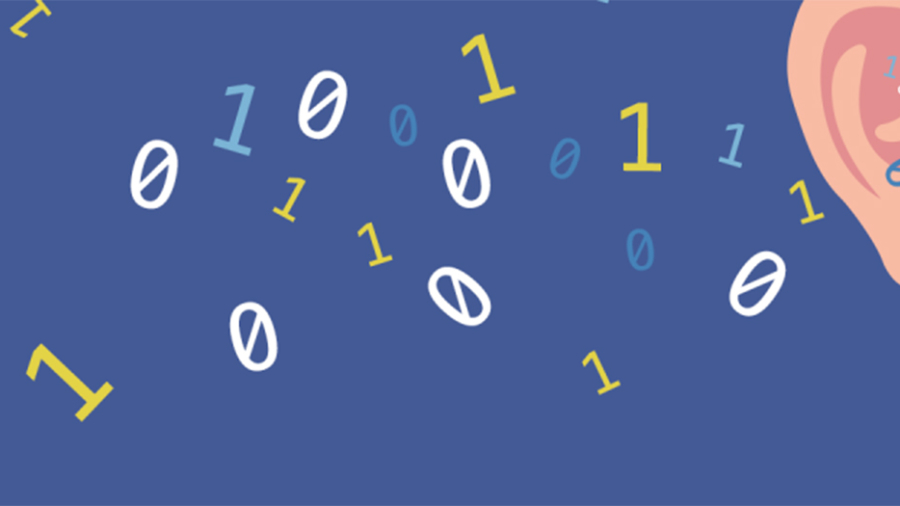We humans, by our very nature, are storytellers. The hundreds of myths and legends spread throughout history are a poignant indicator of the human drive to create and share stories. Stories have always been closely interwoven with data. Data provides the start for every story, the wellspring for tales both real and fictitious. From the moment, we are born and commit our date of birth to the world, we leave behind trails of data in everything we do, until we finally close out our story with the date we die. An autobiography, in a way, written in the data we leave behind.
Data speaks to those willing to listen. “Where do you get your inspiration from?” Is a common question to writers and innovators of other types. The answer, often, is something we have all observed: an idea we’re all familiar with, an event we have all witnessed or a fact we all know. The question “Why didn’t I think of that?” often rises when we see innovations or hear stories. When the stories are told to us and we look at the data they are based on, it seems to clear what the data had been telling us all along. Why, then, didn’t we hear it talk before? The answer is simple: we weren’t listening.
Companies have realized the potential in data for quite a while. As companies, we love collecting data from our customers, running analytics and crunching data until it churns out results. We know the percentages, the uptakes in sales, the averages. When we see data (and we see a lot of data) we are prone to asking ourselves: “What can we do with this data?” when we should be asking “What is this data telling me?”
Professor of Economics Robert Coase was right when he said: “If you torture the data long enough, it will confess.” Indeed, if we analyze the enormous amounts of data available, we will find the cold, analytic information we are looking for. But as is the question with all information obtained through torture: how truthful is the story we are told? It is time we stop torturing our data and start listing to it, start looking at it through the eyes of an artist. Only then will we come to ideas that will make our competitors scratch their heads and think: “Why didn’t I think of that?”.


 Feel free to contact me, and I will be more than happy to answer all of your questions.
Feel free to contact me, and I will be more than happy to answer all of your questions.